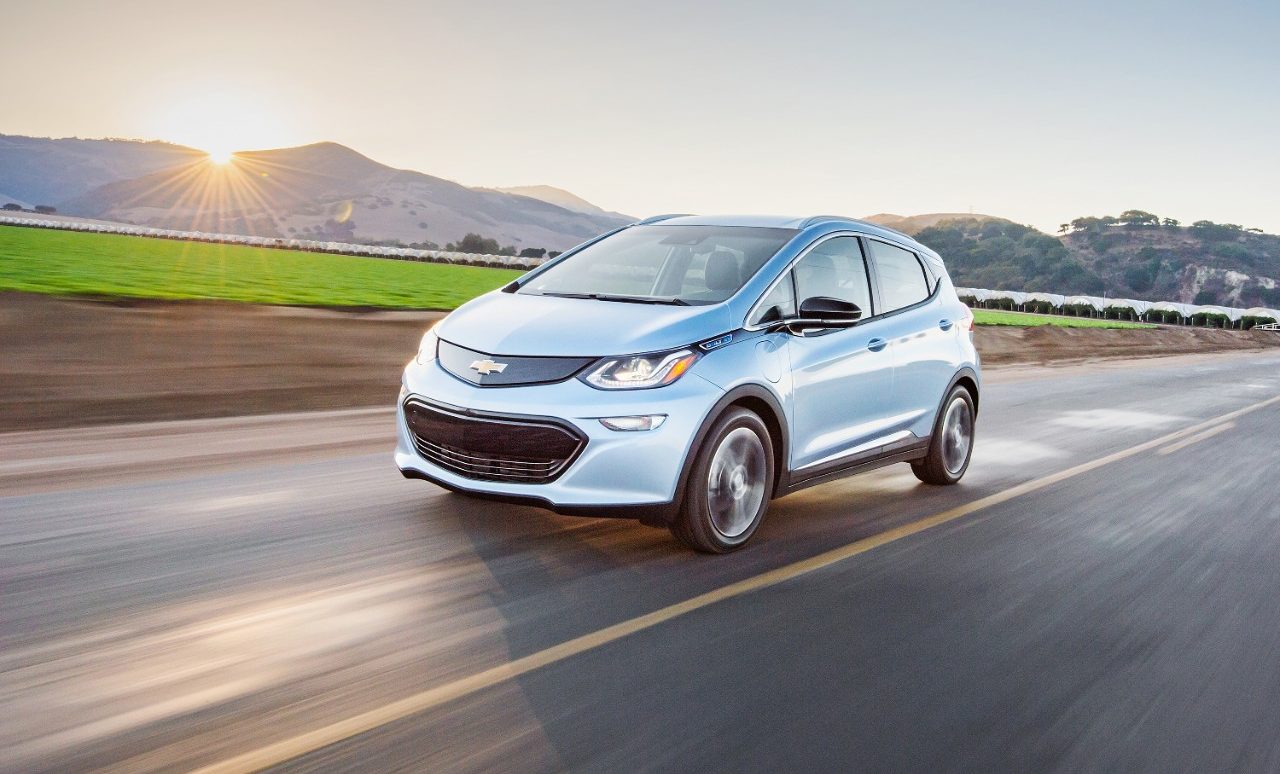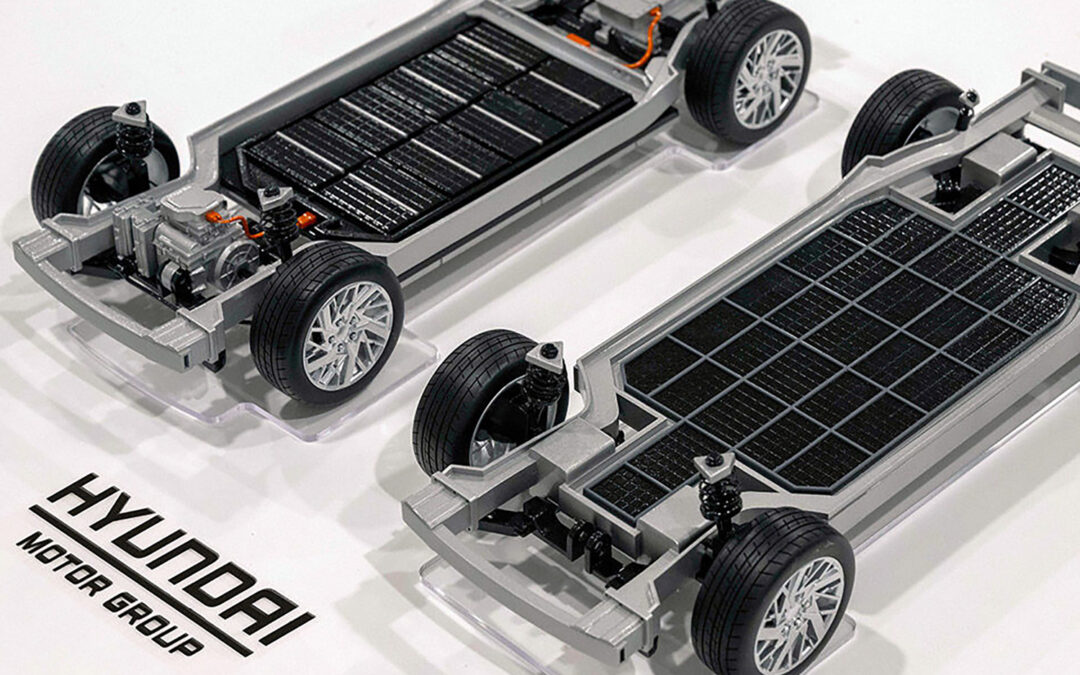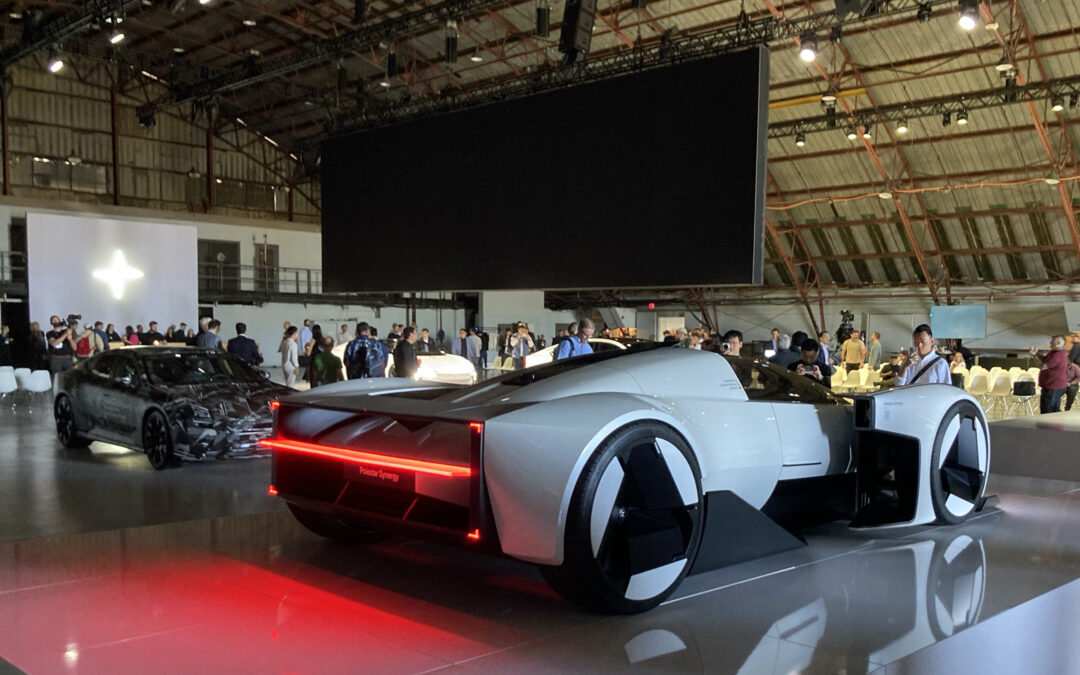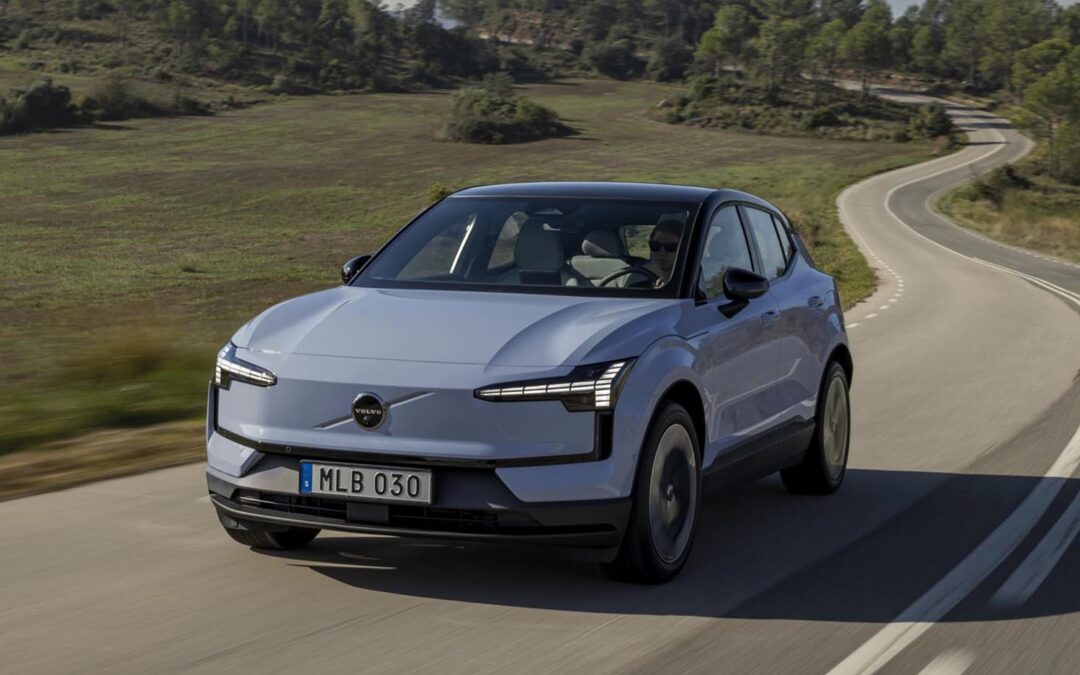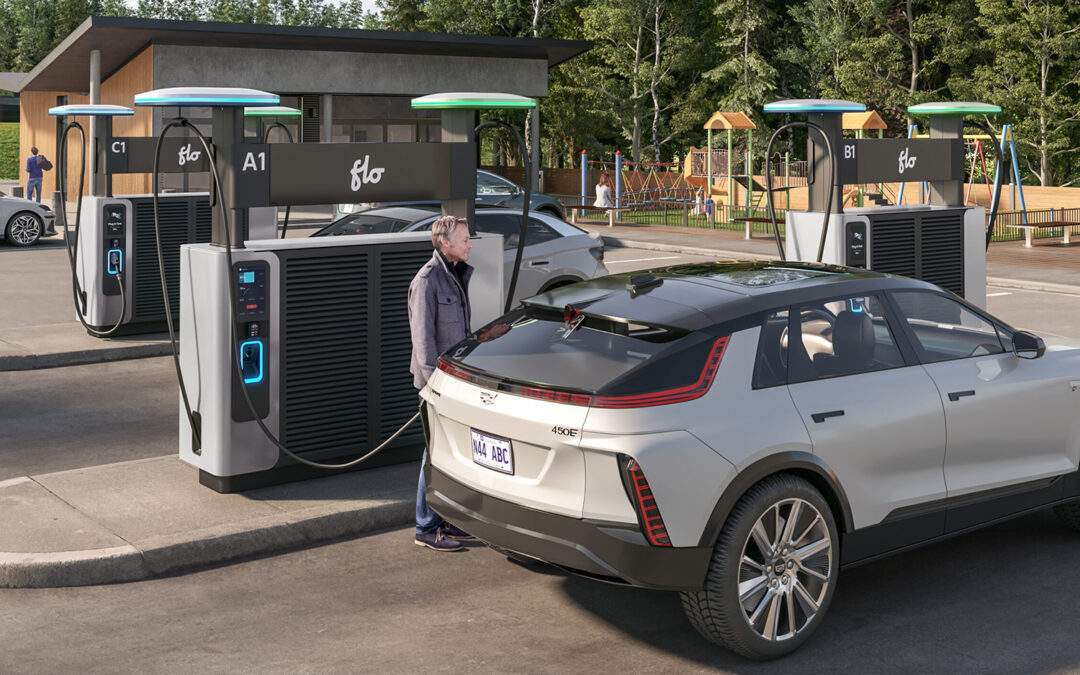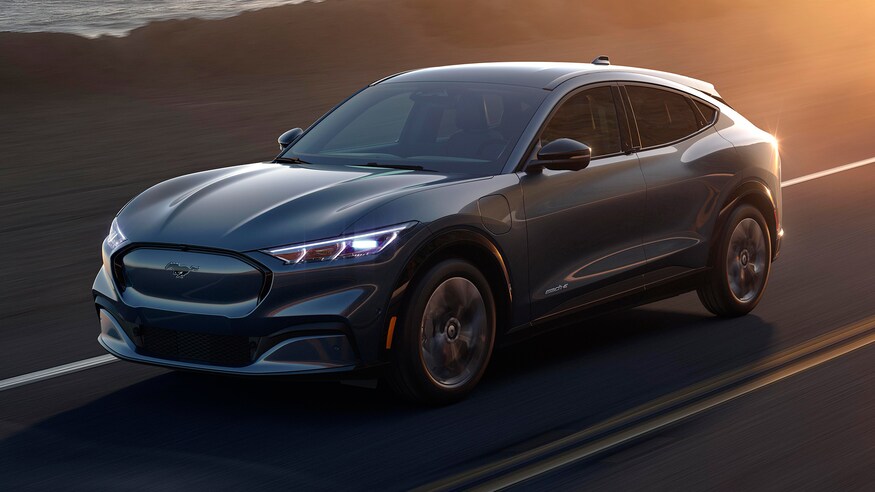Although General Motors has ignited significant momentum in the realm of electric vehicles with a full suite of EVs set to launch over the next five years, the automaker’s transition to an electrified lineup has encountered some undeniable hiccups. In case you missed it, GM came under fire in 2020 after it identified 68,700 Chevrolet Bolt EVs from model years 2017 through 2019 that might have defective cells.
This discovery resulted in what has been described as a “slow-motion catastrophe”, as GM then had to recall those vehicles due to a potential battery fire risk. As of August, GM had added all 63,680 Bolt EV and EUV models from the 2020 model year through the present day, as well as 9,340 Bolts from the 2019 model year that hadn’t been previously recalled. Roughly a dozen fires have been reported across Bolt owners but, fortunately, no injuries or deaths have been attributed to the issue.
As the Chevy Bolt emerges from the ashes (pun intended) with production set to resume next month, many of the EV owners impacted by the recall are now finally receiving the battery replacements for their vehicle. To get a sense of what this process was like, we caught up with James Alofs, a Toronto-based EV driver who first got behind the wheel of his Chevy Bolt five years ago.
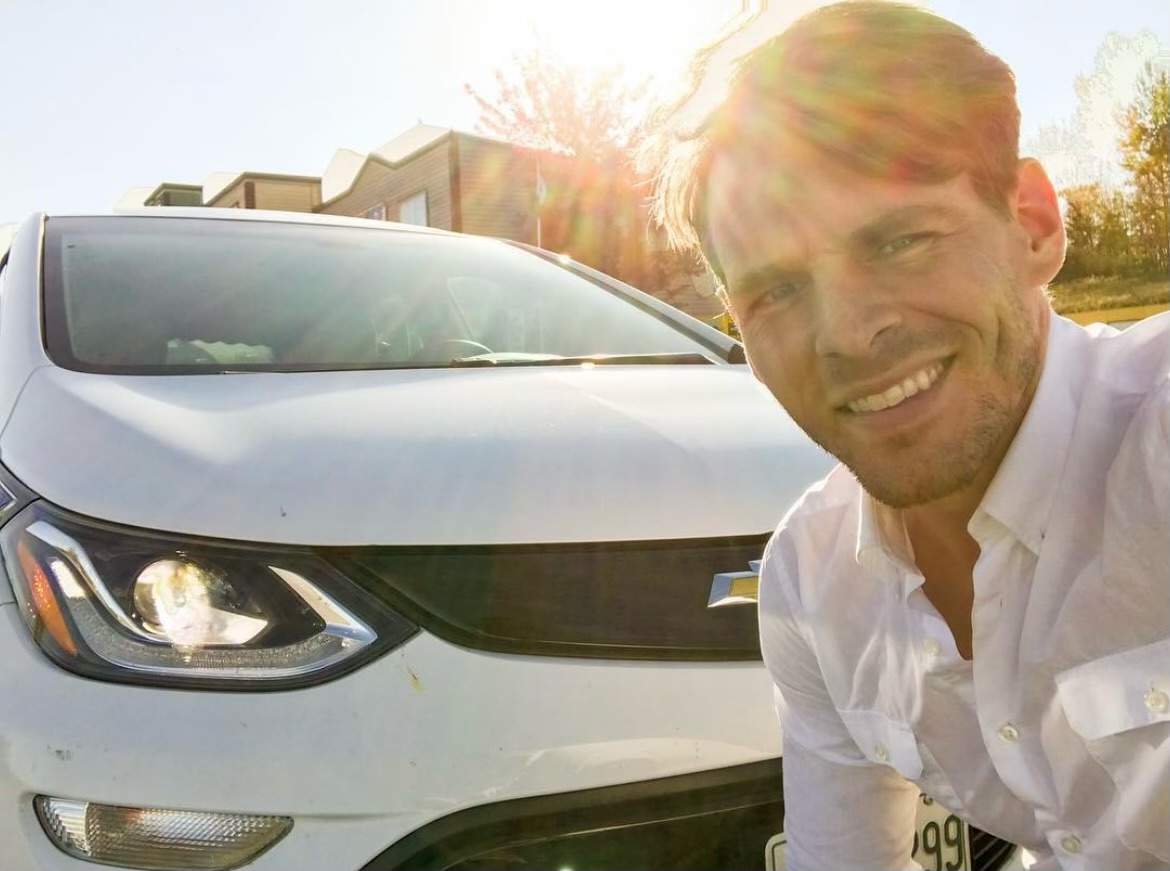
James Alofs and his 2017 Chevrolet Bolt
“I chose it for environmental reasons,” he began. “When I was considering the Bolt, I was also considering the Toyota Tacoma or the Hybrid RAV4.” As a frequent camper and outdoorsman, Alofs initially wondered if the Bolt would be equipped for his adventures around Canadian backcountry but, after speaking with some of his environmentally-conscious friends, he noted that the Bolt came with such high praise it mitigated any hesitations he may have initially had. “The amount of off-roading I actually do in terms of the percentage of my driving is so little, that there was really no excuse not to get the Bolt. The Bolt was the first truly affordable EV with a range of almost 400 km [383 km], which was the bare minimum of what I felt I needed for a functional vehicle,” shared Alofs. “At the time, the Tesla Model 3 was not yet available, and the Tesla Model S would have cost me $60,000 more.”
Read more: GM to resume Bolt production in April
Up until the recall, Alofs had virtually no criticisms of the Bolt. “I was incredibly satisfied with it,” he shared. “I did get it stuck a few times in mud and snow in the backcountry, but that’s more of a feature of having a two-wheel drive car, as opposed to it being an EV.”
As news of the battery recall first broke, Alofs admitted he found the whole thing to be a bit ridiculous at first, considering how few models actually seemed to be defective based on reports. “I don’t know what the litmus test is in regards to inciting these recalls but, at that point, it seemed a bit overzealous to me,” he explained. “By the time of the recall, I had been driving the car for four years and had never had a problem with it. One of the crazy things about driving an EV like this, is that you almost never need to service it. My first service is scheduled for 150,000 km. There is so little maintenance on the car, it’s almost hard to believe.”
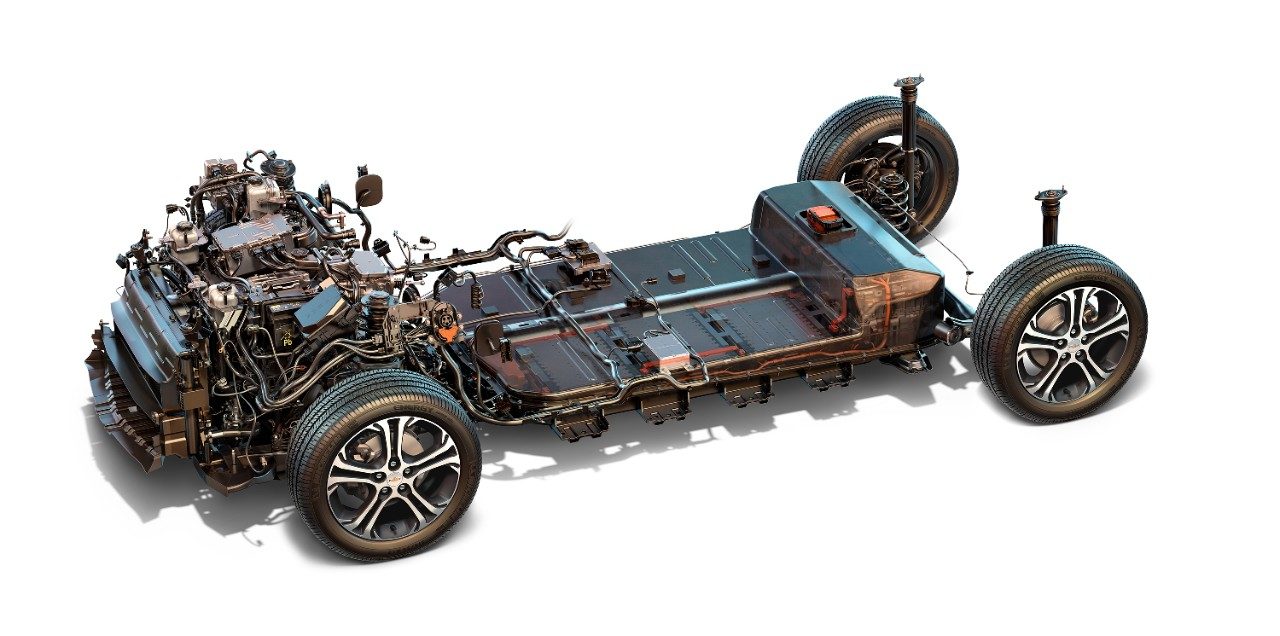
2017 Chevrolet Bolt
As for the battery replacement itself, Alofs admits that the process was a slow one. “It took nine months to a year to finally get my battery,” he shared. “That being said, I wasn’t too concerned about it seeing as I hadn’t had any issues with my Bolt. Then, when I heard that the new batteries would have 10 per cent longer range, I was thrilled. That meant I was getting a new, free battery with longer range, which is essentially like getting a new engine in your car.”
Alofs went on to explain that the battery replacement was somewhat disorganised, as GM didn’t seem to know when the batteries were coming in, or what dealerships would be able to install them. But overall, Alofs notes that GM was always quick to respond to concerns and inquiries over phone or email, and the service provided at the dealership he went to was amazing.
Now that he has the new battery in his Bolt, we were curious to learn what he thought of its performance. According to Alofs, the new hardware is definitely up to snuff. “As far as I can tell, the battery is also slightly less sensitive to temperature, so I’m very happy with the replacement – it’s basically like driving a brand new car.”
Read more: the five least expensive EVs you can buy in Canada
Going through this process, and having owned an EV for the last 5 years, Alofs also notes that he has a far less “idyllic” view of EVs than he might have had previously. “While I’ve been happy with the Bolt, I have come to learn that it charges very slowly, even at fast chargers. So I think Canadian consumers really have to be aware of things like charging time, the impact of temperatures on range, and the availability of charging infrastructure,” he explains. “When it’s -20C outside, the range of your car could decrease as much as 40 per cent, which is significant. So if you live in the city and just go for hikes close by on the weekends, you should have no problem. But if you’re regularly driving 200+ km per day, live further north, or can’t charge your EV at home, EVs may not be the right choice for you right now – or you just need to be hyper-selective in which EV you choose based on your needs and driving habits.”
Alofs also notes that as more automakers bring electrified models to market, they don’t necessarily have the same experience that Tesla and some other manufacturers do. “It’s important for prospective EV drivers to ask their dealer hard questions, including how long the EV will take to charge on a fast charger and what the range might be reduced to during Canadian winters,” shares Alofs. “Not all EVs are created equal, so it’s important that folks do their research to find the best car for their unique situation and lifestyle.”
